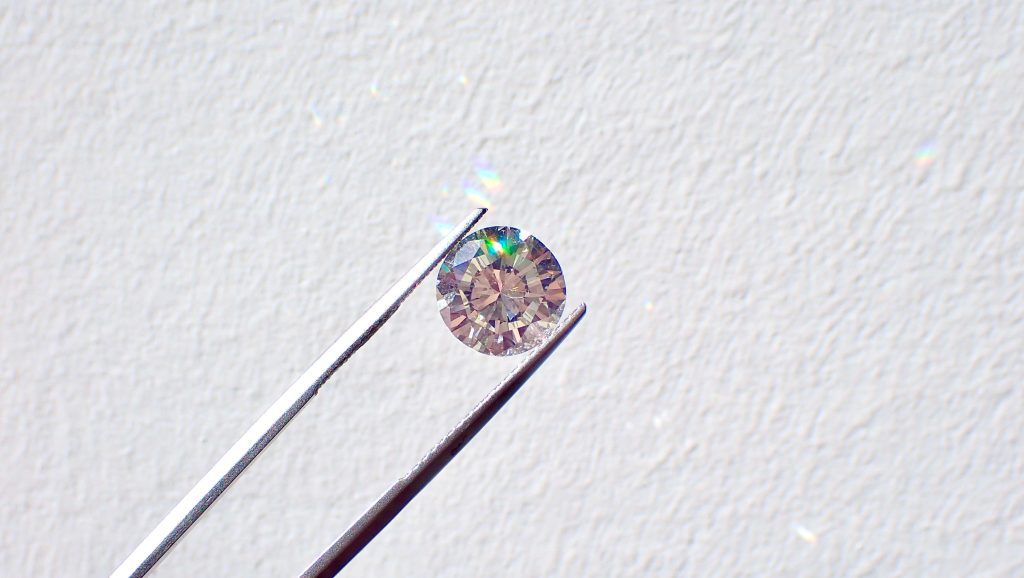The popularity of Lab Grown Diamonds has grown substantially over the past several years. However, the idea of buying one for an engagement ring or otherwise might be met with skepticism. This post is meant to help our customers take a few moments to familiarize themselves with Lab Grown Diamonds. This will examine why they are a very viable option and, in some cases, a very smart buy.
Looking for more information on lab-grown diamonds? Contact Westlake Gold today!
What Are Lab-Grown Diamonds?
A lab-grown diamond is defined as a diamond that has been manufactured in a laboratory environment. Using the popular methods of Chemical Vapor Deposition or High-Pressure High Temperature, scientists can now create diamonds that visually mimic their earth-mined counterparts. They also contain the same chemical and physical attributes as natural diamonds. They even receive certification through the Gemological Institute of America (GIA) and the International Gemological Institute (IGI).
How They Compare
Natural diamonds and lab-grown diamonds are both visually the same and have the same hardness level and durability. The differences between the two diamonds cannot be seen with the naked eye, however, chemically they can be told apart. Natural Diamonds have tiny amounts of nitrogen, while lab-grown diamonds have none. This is one of the main signifiers used to identify if a diamond was naturally mined or created in a lab.
Want to know if your gemstone or diamond is real? Read more about how to determine the authenticity of gemstones here.
How are Lab-Grown Diamonds Made?
Natural diamonds are created under the pressure of the earth’s crust over time, then they are mined, cut, and polished. A lab-grown diamond is placed through similar circumstances in a lab. The process used to create a lab-grown cuts down the growth time significantly, from millions of years to a couple of months. Then, a lab-grown diamond is also cut and polished in the same fashion. There are two processes used to create Lab Grown Diamonds:
The first process is called Chemical Vapor Deposition (CVD). A “seed crystal,” which is a very small diamond seed, is placed in a chamber, and the chamber then fills with gases that are heated. Then, once the chamber reaches the right temperature, layers of carbon start to form on the seed crystal. This causes the seed crystal to grow and create a square diamond crystal.
The second process is called High-Pressure High Temperature (HPHT), which is meant to replicate the earth’s process of forming natural diamonds. In this process, graphite is placed in a large machine that crushes it with extreme temperature and pressure. Under these conditions, the graphite then turns into a brilliant diamond.
Valuation
You cannot tell the difference between a CVD and HPHT diamond with the naked eye; both methods create a real diamond that is chemically and physically like natural diamonds. When it comes to grading, the same 4 Cs: Color, Cut, Clarity, and Carat are applied to evaluate them.
Looking for an evaluation of your diamond jewelry? Contact Westlake Gold today for a free consultation and jewelry cleaning.
Since lab-grown diamonds are the same chemically as natural diamonds, they come with certification. Today, most are certified by IGI, International Gemological Institute. An IGI diamond report is meant to give an accurate assessment of a diamond’s cut, color, clarity, and carat weight according to international standards. Additionally, lab-grown diamonds are being accepted and certified by the GIA, The Gemological Institute of America. GIA has developed sophisticated devices they use to screen and identify the difference between naturally occurring and lab-grown diamonds.
Lab Grown Diamonds are anywhere from 30-50% less cost than a natural diamond, which means you can purchase a significantly larger diamond and say it is truly a diamond. The difference cannot be detected with the naked eye when comparing a lab-grown diamond and a natural diamond of equal characteristics using the 4 C’s. Lab-grown diamonds have similar physical and chemical properties as naturally occurring diamonds, so they will be just as dazzling in a piece of jewelry. Some can argue that lab-grown diamonds are also more ethical because there is no mining involved.
Looking to buy new diamond jewelry? Read Westlake’s guide to designer diamond jewelry brands here.
Photo by Tahlia Doyle on Unsplash




